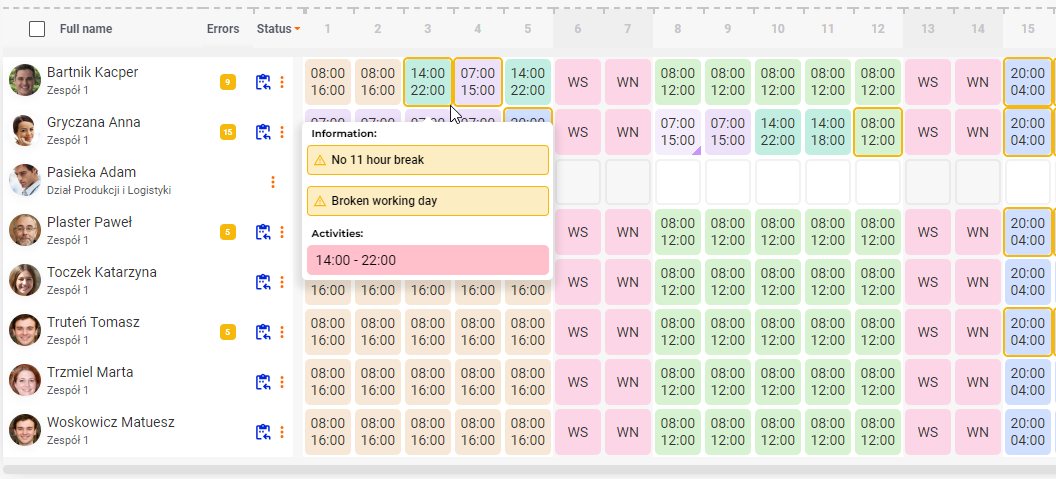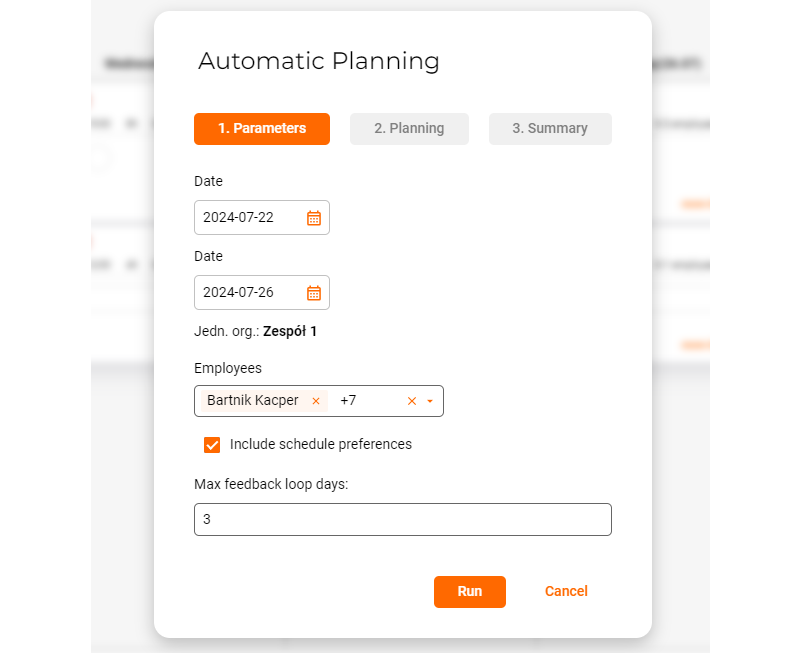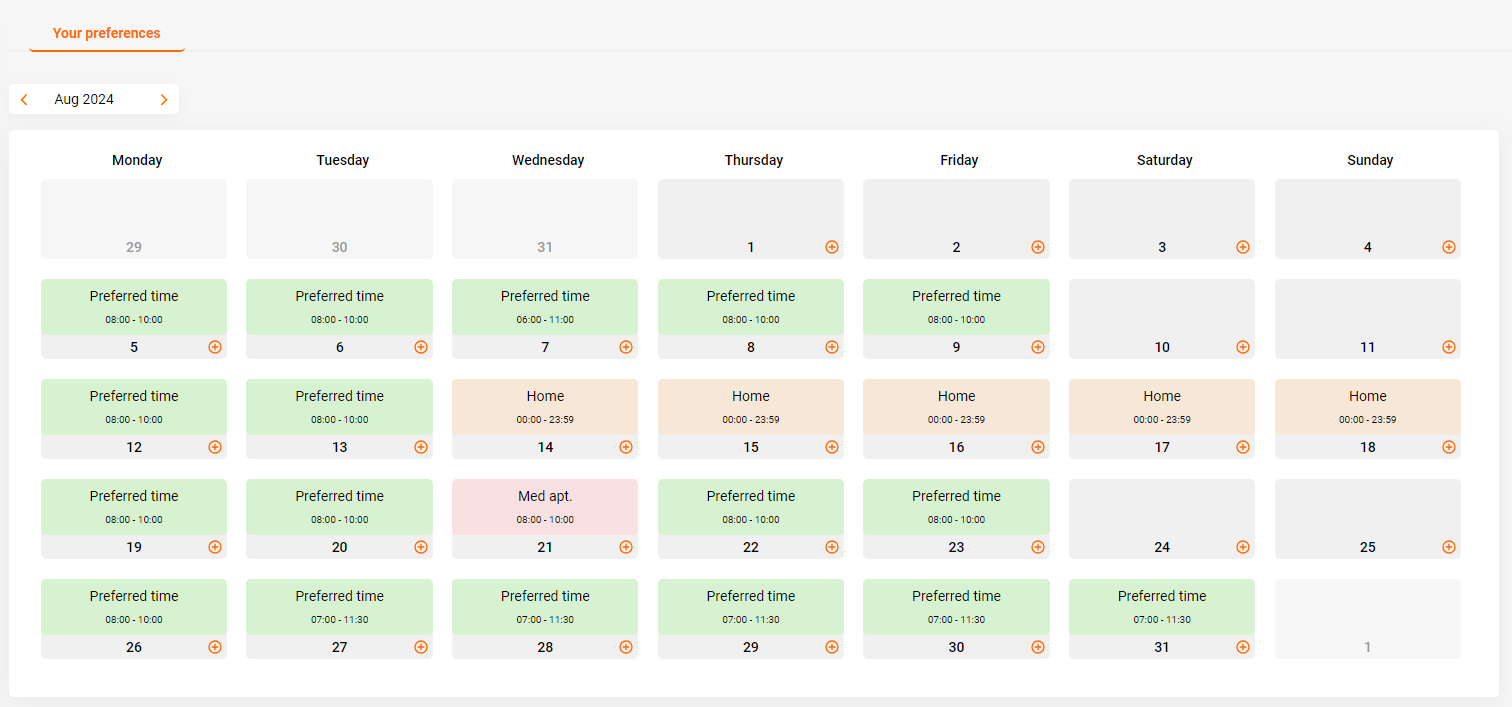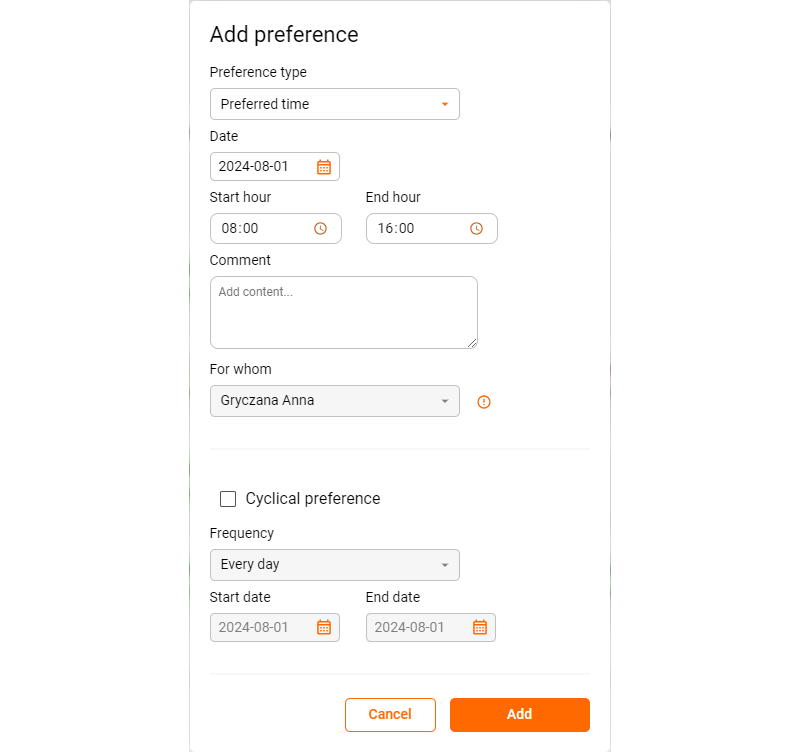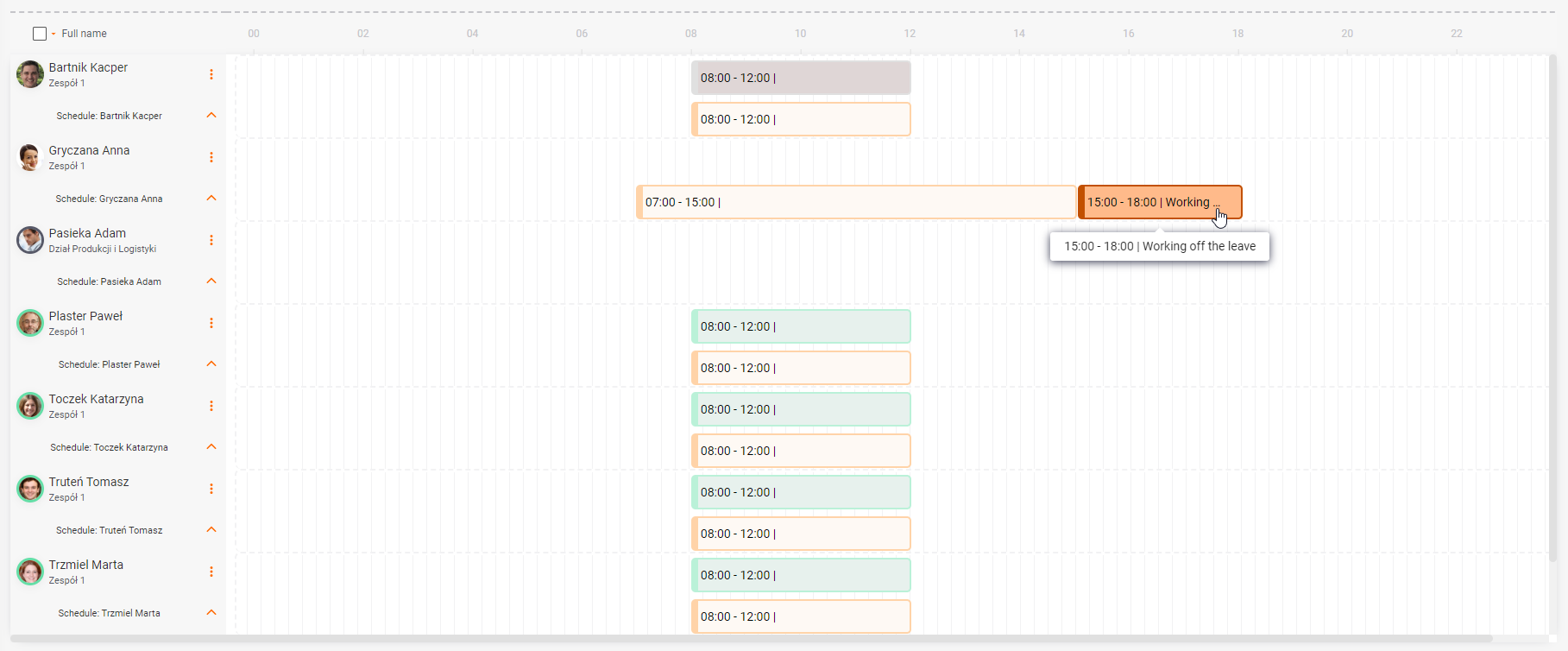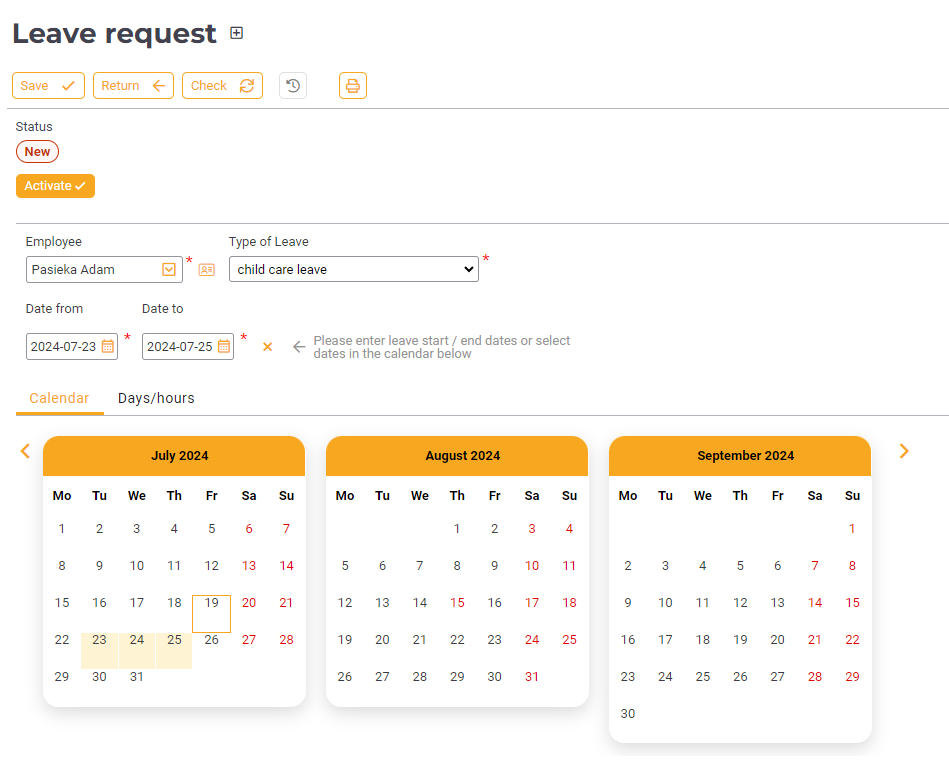By using professional time scheduling tools, we can create schedules that take into account assumed labor demand. This allows us to minimize the number of ad hoc shifts. Well-planned work schedules mean the predictability of time off. This increases the quality of time off for shift workers.
When shift work also occurs on weekends, it is very important not to favor any particular team (fair play). Due to the absence of professional scheduling applications this principle is often overlooked. With the right tools, we can maintain control over this aspect. Shift workers will certainly appreciate this!
Managing working time is difficult, and practice shows that many organizations do not manage it well. This is evidenced by the numerous complaints and disputes regarding working time that include recurring issues: excessively long or incorrectly rotated or arranged shifts, insufficient or incorrectly scheduled breaks, excessive work intensity or, on the contrary, periods of inactivity, etc.
The consequences are, on one hand, overworked and demotivated employees, and on the other hand, high labor costs due to excessive overtime and sick leave, production or service cycle downtime, high staff turnover, and the need for short-term hiring of additional personnel, etc. Productivity losses of 5-15% are not uncommon.
It is surprising that relatively few companies understand the essence of the problem and properly address it. It seems that the main reason for this is the lack of awareness that economic indicators of the company’s operation can be significantly improved in this area, especially such as an increase in labor productivity or a decrease in sickness absenteeism and overtime.
IT systems can make a difference here by organizing and rationalizing the entire time scheduling process, as well as by involving employees in the process as described earlier.
The scheduling algorithm used in E-Time makes it possible to take into account employee preferences and define additional fair play rules. By having employees participate in the planning (by entering their preferences), they feel that they are being treated subjectively. In addition, if plans are based on actual demand (read from external production or sales systems), plans are predictable, and any changes are due to random events. This has a positive impact on the employee’s experience and can be one of the elements that build the employer’s image.


